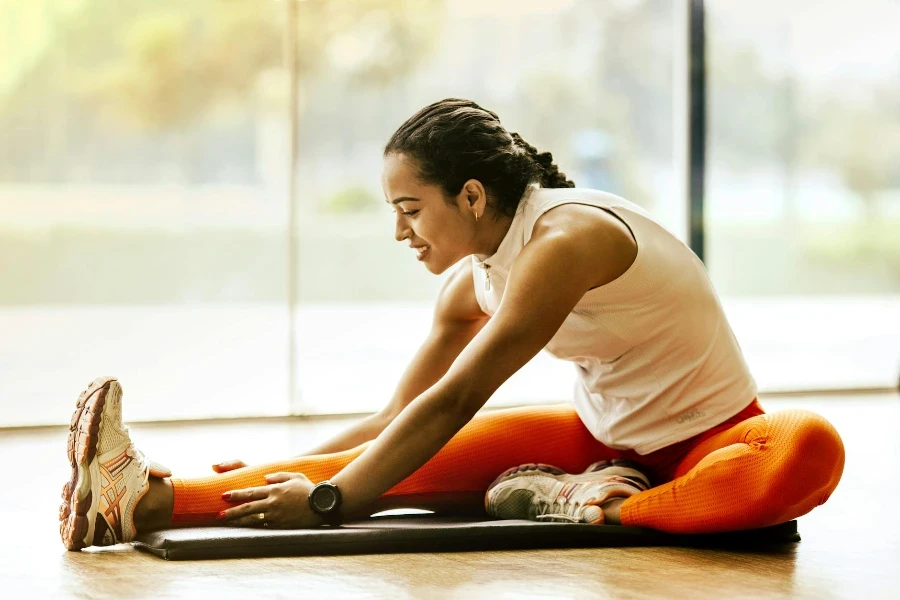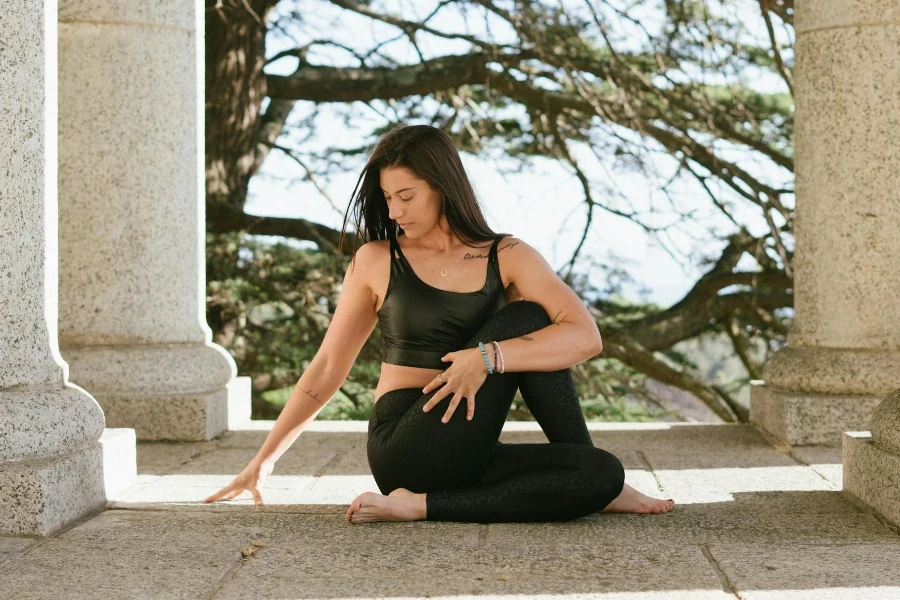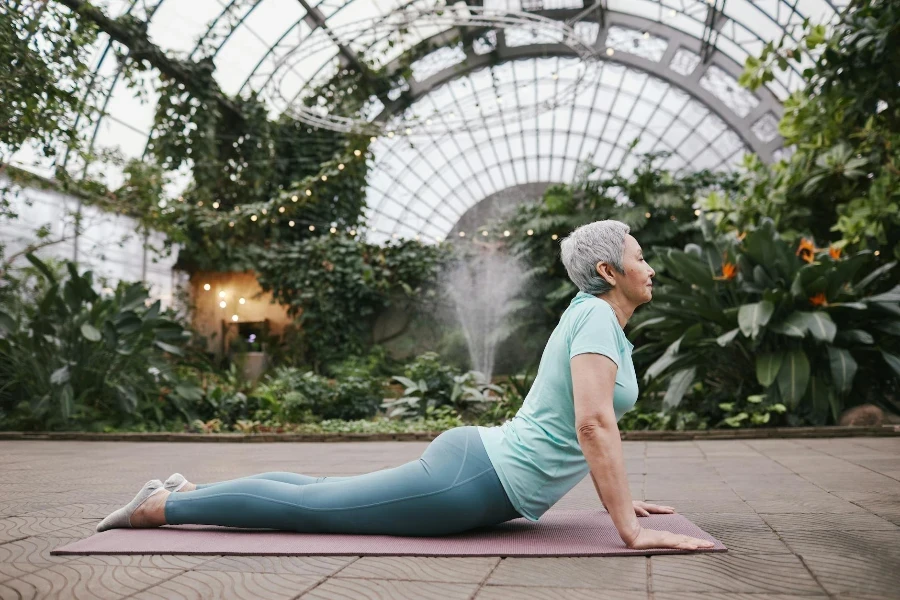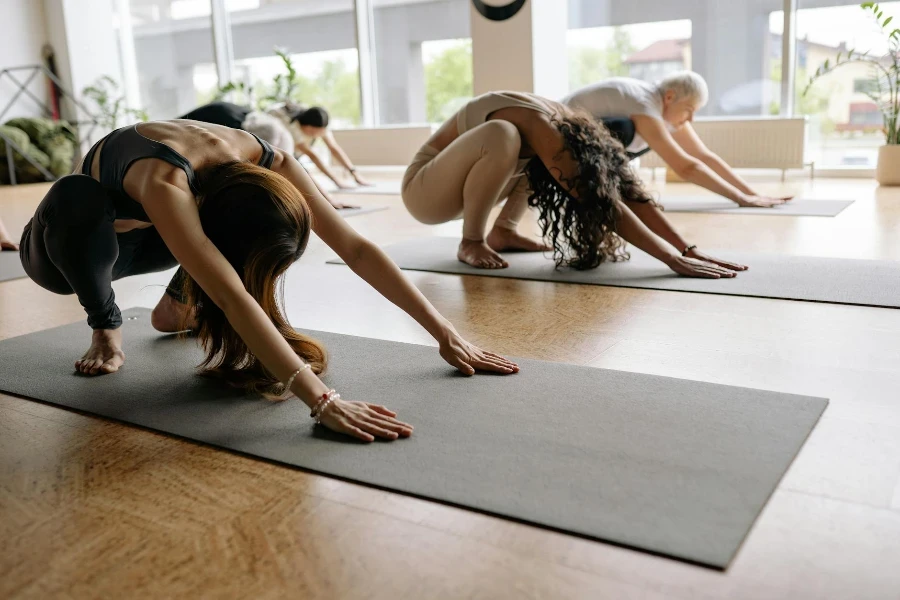In the bustling rhythm of modern life, finding a moment of tranquility can be a challenge. Yin yoga emerges as a beacon of calm, inviting practitioners to slow down and connect deeply with their inner selves. Unlike its more dynamic counterparts, yin yoga focuses on holding poses for longer periods, targeting the connective tissues and fostering a meditative state of mind. This guide unpacks the essence of yin yoga, exploring its benefits, practices, and the profound impact it can have on your physical and mental wellbeing.
Table of Contents:
– Understanding yin yoga and its origins
– The unique benefits of practicing yin yoga
– Essential yin yoga poses for beginners
– Integrating yin yoga into your fitness routine
– Overcoming common challenges in yin yoga
Understanding yin yoga and its origins

Yin yoga is a practice that emphasizes stillness and depth. Originating from the Taoist tradition, it contrasts with the more active styles of yoga, focusing instead on passive stretches that allow practitioners to explore the depths of their flexibility and endurance. The origins of yin yoga trace back to ancient China, where it was developed to enhance the flow of chi, or life energy, through the body’s meridians. This foundational understanding enriches the practice, offering a holistic approach to physical and emotional healing.
Yin yoga’s methodology is distinct, emphasizing the importance of time over intensity. By holding poses for several minutes, practitioners are encouraged to confront physical sensations and emotional responses, fostering a deeper sense of self-awareness and resilience. This practice not only stretches the body but also challenges the mind, teaching patience, acceptance, and the beauty of surrender.
The philosophy of yin and yang—opposing and complementary forces—lies at the heart of yin yoga. In this context, yin represents the stable, unmoving, and hidden aspects of life, while yang denotes change, movement, and visible growth. Yin yoga, therefore, offers a space to explore the quieter, introspective side of our nature, balancing the fast-paced yang energy of everyday life.
The unique benefits of practicing yin yoga

One of the most compelling reasons to practice yin yoga is its ability to improve flexibility. By gently stretching the connective tissues—ligaments, tendons, and fascia—yin yoga can significantly enhance joint mobility over time. This is particularly beneficial for athletes and those with sedentary lifestyles, as it addresses areas of the body that are often neglected in more active forms of exercise.
Beyond physical flexibility, yin yoga offers profound mental health benefits. The practice encourages mindfulness and meditation, helping individuals to reduce stress and anxiety. The quiet, reflective nature of yin yoga provides a rare opportunity to pause and connect with one’s thoughts and emotions, promoting a sense of peace and mental clarity.
Moreover, yin yoga supports the body’s natural healing processes. The slow, deliberate movements stimulate the meridians, enhancing the flow of chi and supporting internal organ health. This can lead to improved energy levels, better sleep quality, and a stronger immune system, illustrating the practice’s holistic benefits.
Essential yin yoga poses for beginners

For those new to yin yoga, starting with a few basic poses can help ease the transition into this unique style of practice. The butterfly pose, targeting the hips and lower back, is an excellent starting point. By sitting with the soles of the feet together and gently folding forward, practitioners can begin to experience the deep stretches characteristic of yin yoga.
The dragonfly pose is another foundational posture, stretching the hamstrings and spine. Sitting with legs wide apart and slowly leaning forward allows individuals to explore their edge of flexibility while practicing patience and acceptance.
Finally, the sphinx pose offers a gentle introduction to backbends, stimulating the spine and abdominal organs. Lying face down and propping the torso up with the elbows, practitioners can adjust the intensity of the stretch, making it suitable for beginners.
Integrating yin yoga into your fitness routine

Incorporating yin yoga into an existing fitness routine can provide balance and depth, enhancing overall wellbeing. For those engaged in high-intensity sports or strength training, yin yoga can serve as a counterbalance, promoting flexibility and aiding in recovery. It can be practiced on rest days or as a complement to more active workouts, offering a holistic approach to fitness that nurtures both body and mind.
To integrate yin yoga effectively, consider dedicating specific days or times for practice, ensuring a balanced routine. Listening to your body and respecting its limits is crucial, as the benefits of yin yoga unfold over time with consistent practice.
Overcoming common challenges in yin yoga

Embarking on a yin yoga practice can present challenges, particularly for those accustomed to more dynamic forms of exercise. Patience is key, as the slow pace and long holds can initially feel uncomfortable or even counterintuitive. Embracing this discomfort, however, can lead to significant personal growth, both physically and mentally.
Another challenge lies in the mental discipline required for yin yoga. Staying present and focused during long holds demands mindfulness, which can be difficult in our distraction-filled world. Cultivating a meditative mindset, perhaps through guided meditations or breathing techniques, can enhance the yin yoga experience.
Conclusion
Yin yoga offers a unique and profound practice that balances the body’s physical needs with the mind’s quest for peace and clarity. By understanding its origins, benefits, and essential poses, individuals can integrate yin yoga into their fitness routines, overcoming common challenges through patience and persistence. As a path to flexibility, mental health, and holistic healing, yin yoga invites us to explore the depths of our being, fostering resilience and tranquility in our fast-paced world.



